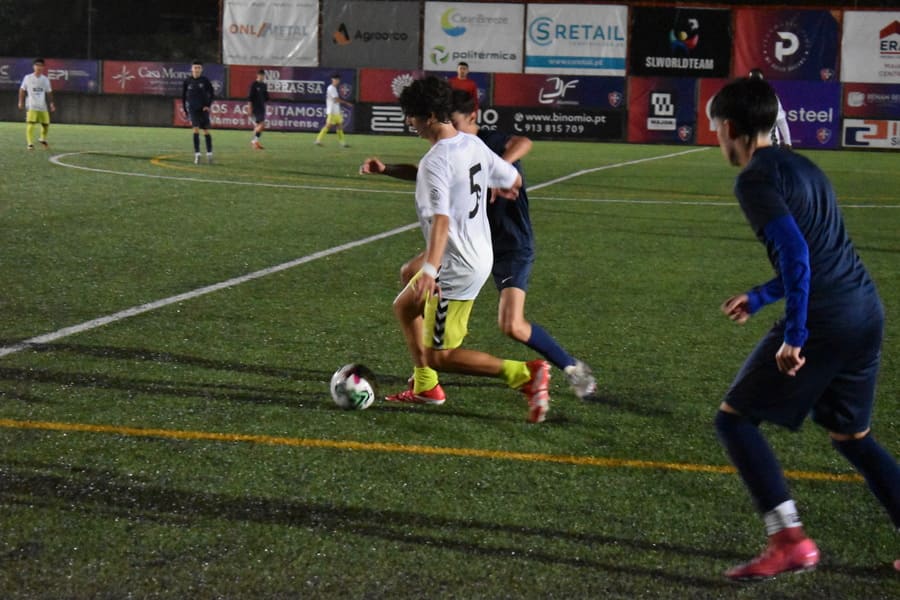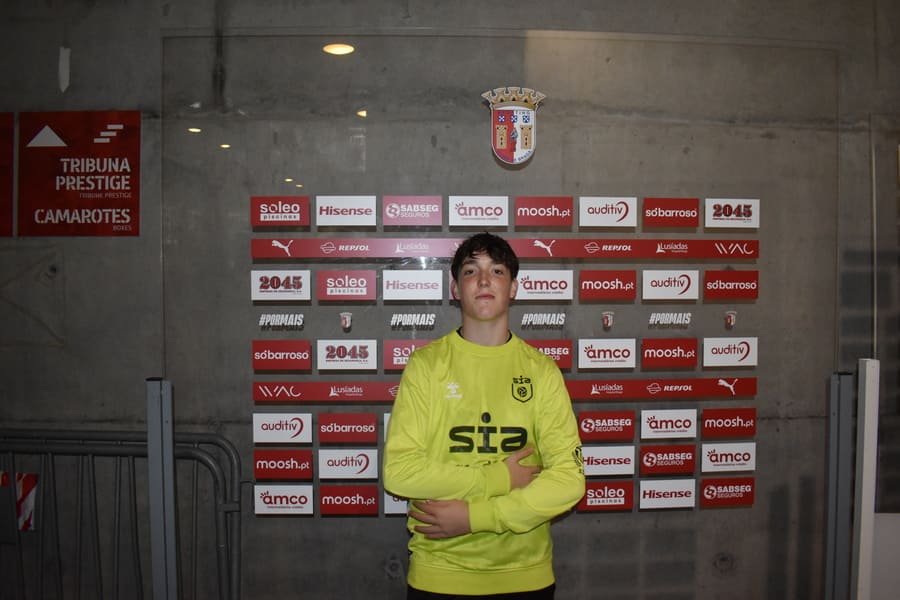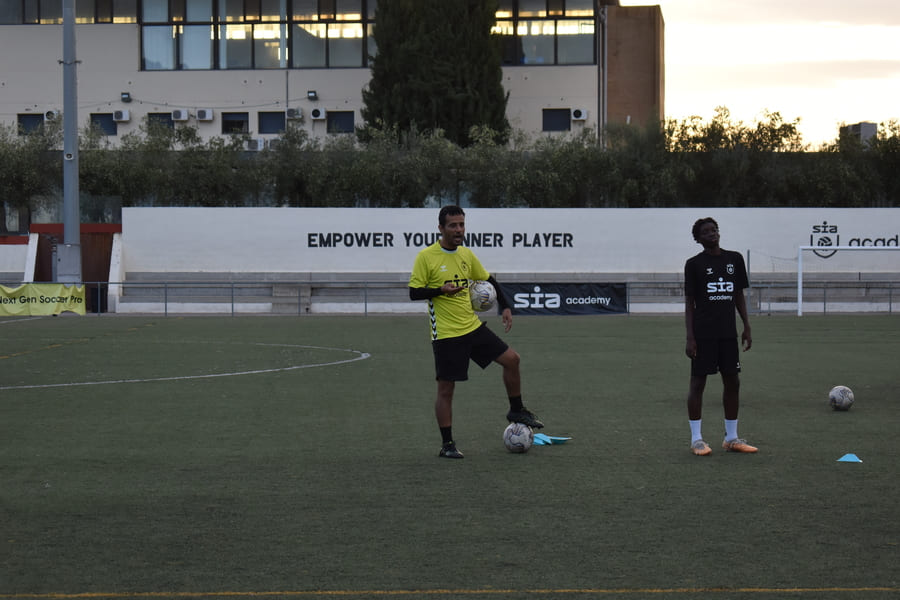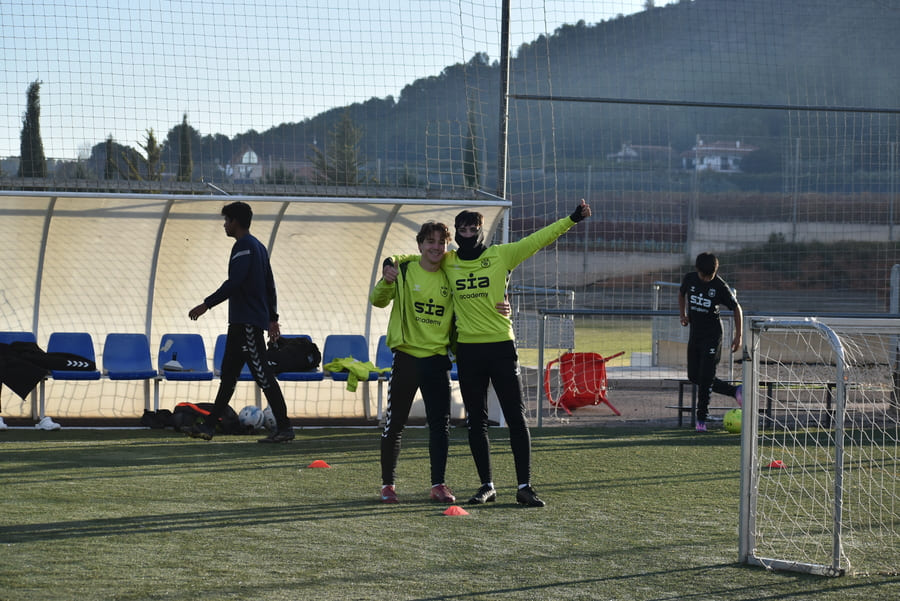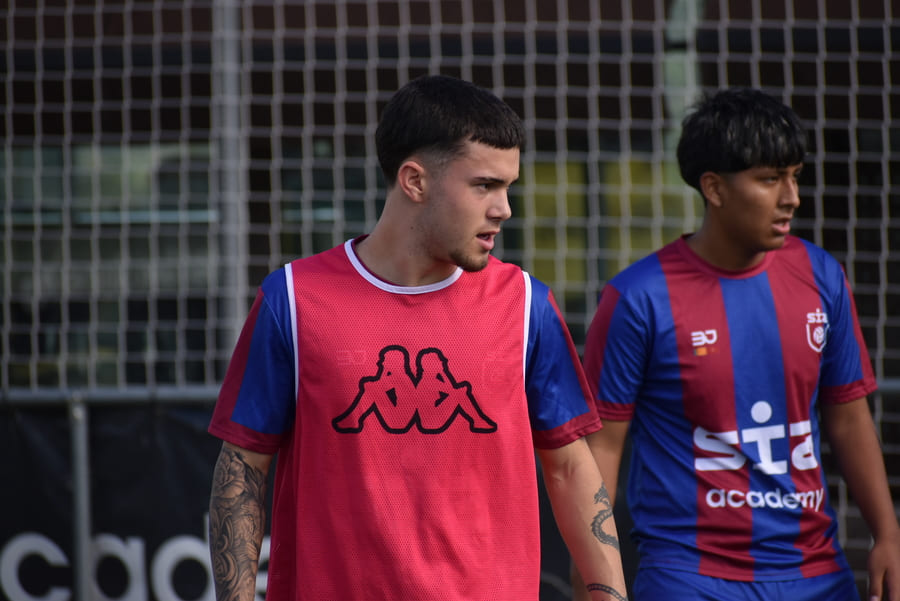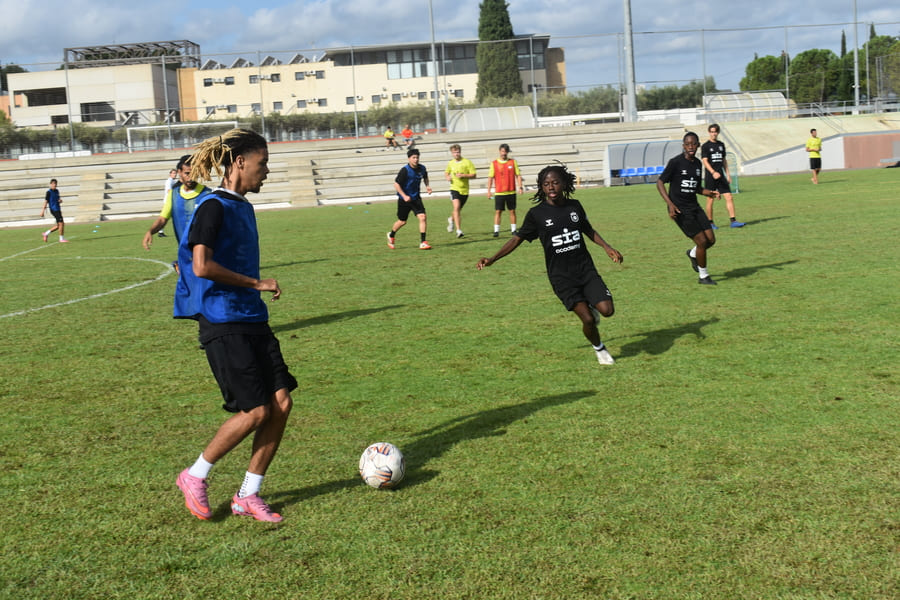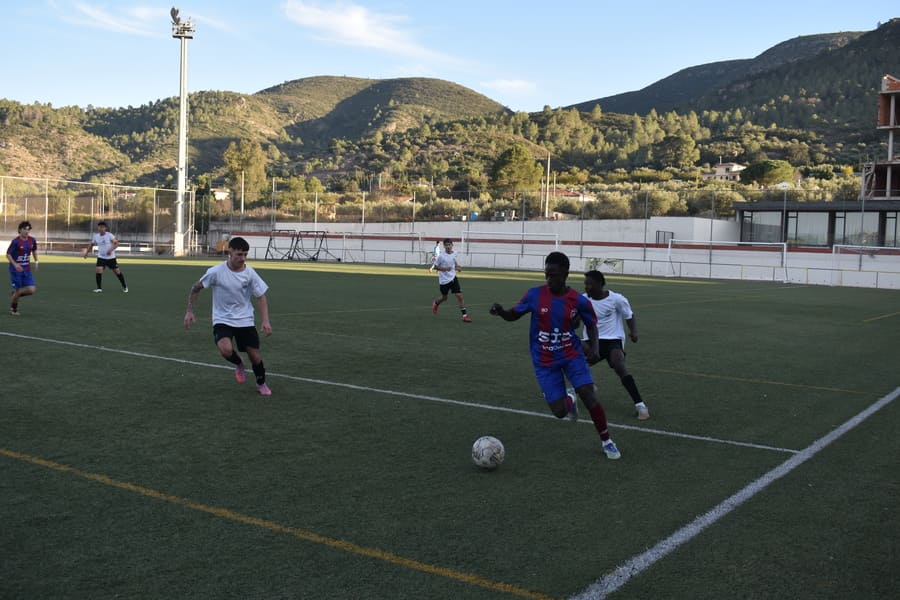Football is a sport of constant error. Every match is full of decisions made in fractions of a second, imperfect executions, and unpredictable situations. Expecting error-free performance is unrealistic and counterproductive, especially in developmental contexts. For this reason, the concept of active resilience has become particularly relevant in modern football: the player’s ability to face
High-performance football can no longer be understood only from a physical or technical perspective. Today, the real difference between a promising player and an elite footballer is often found in mental strength. The ability to think clearly, manage pressure and sustain performance over time is directly related to the psychological habits a player develops on
Modern football is increasingly decided far away from the ball. The speed of the game, the tactical quality of opponents and the amount of available information mean that anticipating actions has become a differential skill. In this context, intelligent positioning has become one of the most decisive keys to interpreting and neutralising the opponent’s plays
After the Christmas break, footballers usually face a common reality: loss of rhythm, heavier physical sensations, and reduced competitive sharpness. Richer meals, changes in habits, and reduced training directly affect performance, but with proper planning this period can become an advantage. A well-structured routine allows players to regain fitness progressively, safely, and in a football-specific
In modern football, facing opponents with very different playing styles is a constant. Teams that press high, deep blocks, possession-based approaches, or direct-play strategies force both the player and the collective to interpret each match differently. In this context, the techniques to adapt becomes a competitive advantage, as long as it does not involve giving
In today’s football, where competitive demands are constant and the margin for error is minimal, the difference between performing or failing often lies in the mind. Beyond technique or physical condition, the ability to respond correctly in demanding contexts depends largely on the player’s concentration. During a match, the footballer receives continuous stimuli: teammates, opponents,
Youth football can no longer be understood solely as a technical learning process. Today, developing complete players means enhancing their ability to interpret the game in all its complexity. Along this path, spatial intelligence has become one of the fundamental pillars of future performance. We are not only talking about knowing where the ball is,
Modern football is increasingly decided by details, and one of the most decisive is the ability to create collective advantages during offensive phases. Generating numerical superiority in attack is neither a tactical fad nor a passing trend, but a structural necessity to compete at the highest level. From top national teams to the most ambitious
The one-on-one is one of the most decisive moments in football. Whether in defence or attack, these situations condense technique, tactics and psychology into just a few seconds. Understanding what the opponent wants to do before they execute it can make the difference between winning or losing a key action. At SIA Academy we work
Attacking low blocks is one of the great challenges of modern football. Well-organised teams, with very compact lines and an intense deep defensive shape, force the attacking side to find collective strategies rather than relying solely on individual talent. Mastering these scenarios makes the difference between a competitive team and a predictable one, especially in



